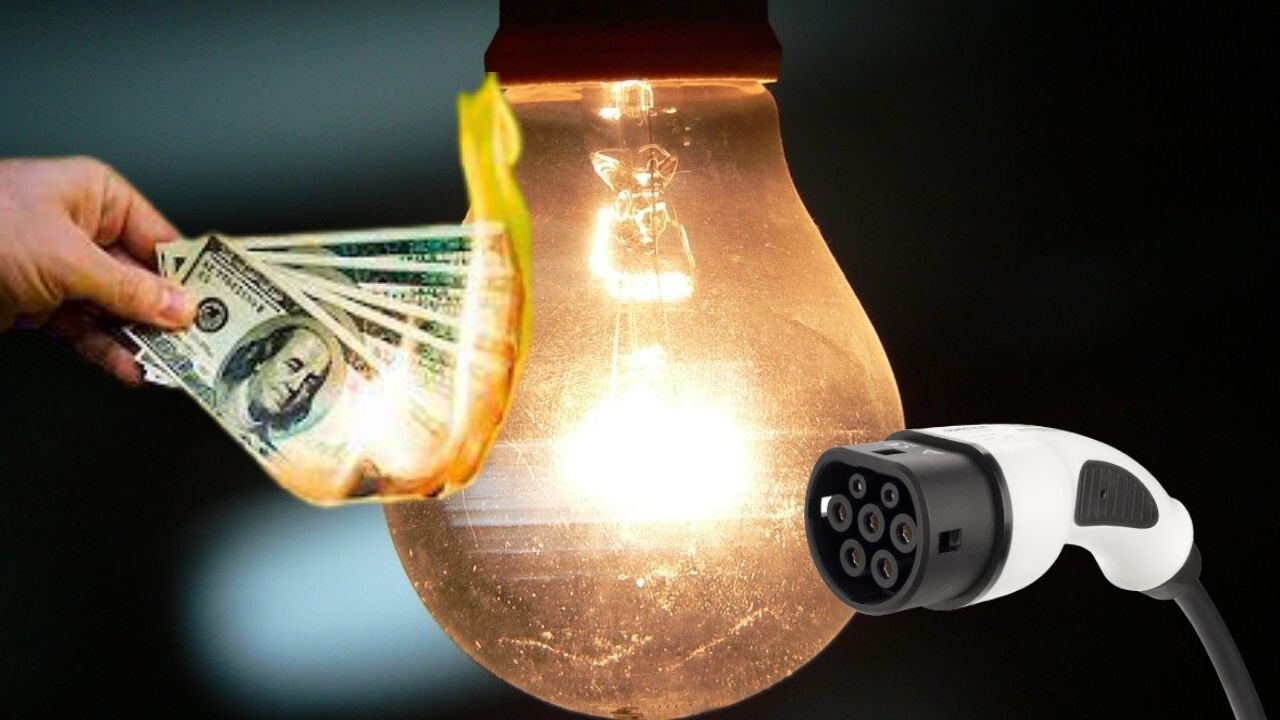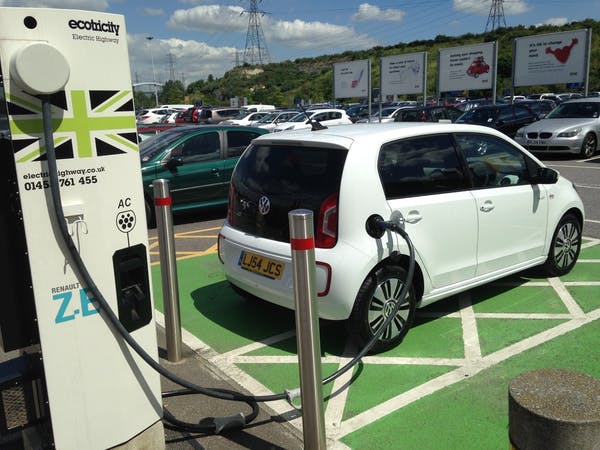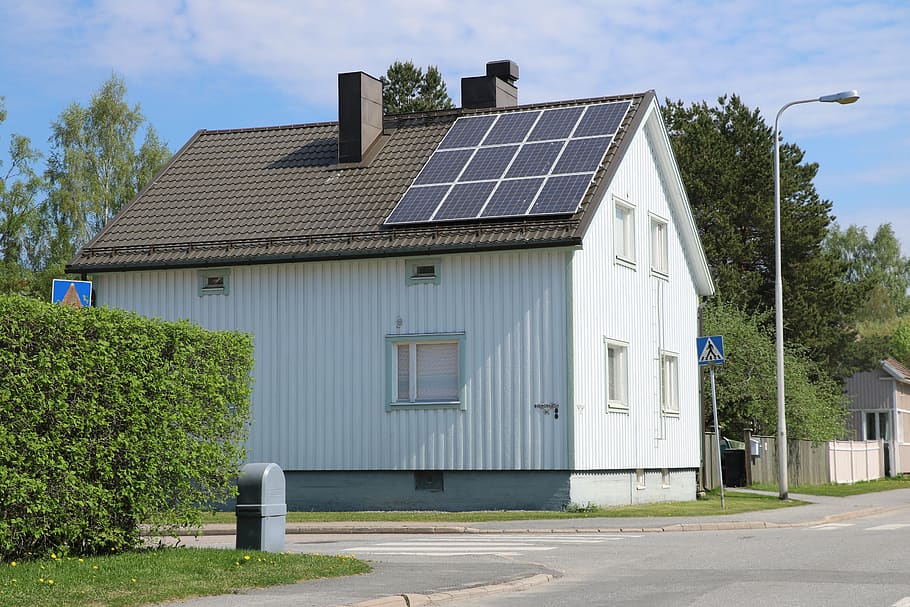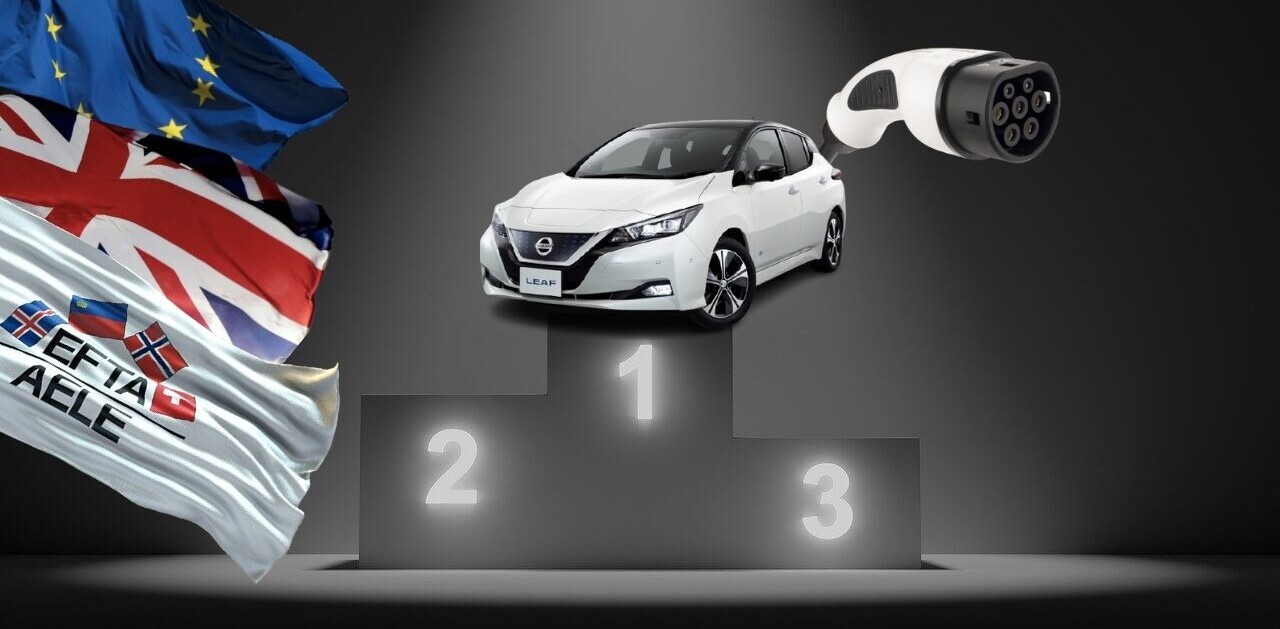
Europe is facing an energy crisis thanks to low wind-power generation, broken connections that allow electricity to be shared across nations and shrinking nuclear energy sources. The UK has responded by burning more gas to produce electricity — but gas prices are at a record high. The result is that wholesale electricity costs are at their highest levels in years, and this is having a knock-on effect for anything that uses electricity.
One benefit of owning an electric vehicle (often abbreviated to EV) is that they are usually cheaper to run, even if the cost of buying one is higher. Driving an EV 100 miles will, on average, cost around $5-8 (£4-6), compared with $17-22 (£13-16) in a petrol or diesel car.
In the first half of the previous decade, nearly all public chargers in the UK were free to use. Back when I drove my first EV in 2013, I travelled between public charging stations, frustrated by the car’s paltry range of under 100 miles on a full battery. I stuck with it though, because not only was my sacrifice better for the environment, my fuel was free too. And even when it wasn’t free, it was still significantly cheaper than running my old diesel car.

While it is true that fossil-fuel prices are rising too, motorists need good reasons to dump their old vehicles and switch to electric. But as electricity prices rise – and with them, the running costs of the average EV – where does that leave electric-car owners and those contemplating becoming one?
What does it cost to charge an EV?
In 2019 and 2020, the average price per kilowatt-hour (kWh) of electricity in the UK was around 18p. The data for 2021 hasn’t been published yet, but an online quote from one of the UK’s big six energy providers shows an average cost of around 33c (24p) per kWh for September 2021.
A car with a 50 kWh battery would cost around $12.88 (£9.50) to fill (allowing for some energy loss during charging) at 2020’s average rate. At the September 2021 rate of 33c (24p) per kWh, that same car will cost around $17 (£13) to charge, and that charge would be good for 200 miles. Filling up your EV will still cost you half of what it costs to fuel a petrol or diesel car. But public charging rates vary wildly, from around 33c (24p) per kWh at some rapid chargers to 94c (69p) at other units at motorway service stations that offer super-fast charging.
At 94c (69p), the full charge will cost $46.76 (£34.50), which is equal, or in some cases more than using fossil fuels. Of course, you’re unlikely to charge your EV from completely empty to completely full, so some of that energy would be at a cheaper rate. But even so, the financial benefits of switching to an EV don’t look so strong when electric costs are high.
Where does that leave EVs?
Even though electricity prices are increasing, an enduring benefit of EVs is that they are what researchers call “energy source agnostic”. Vehicles with an internal combustion engine typically need fuel refined from oil and have been designed for over 100 years to run on fossil fuels. EVs run on energy stored in batteries, and those batteries are effectively indifferent to where the energy comes from. It could be nuclear power, hydroelectric power, or solar power generated by photo-voltaic panels on the roof of a house. Again, these panels will cost money to be installed (although prices are falling every year), but once they are installed and the sun is shining, you can charge your car while it sits on your drive. When you consider that the average car isn’t used 95% of the time, it gives plenty of time to charge up from the sun for free.

Let’s also think about the times national power generation networks produce too much electricity. It seems unbelievable in the midst of an energy crisis, but there are times when the national grid generates so much power that operators don’t know what to do with it. This phenomenon was more prevalent during the peak of COVID lockdowns, when some energy companies even paid customers to use renewable sources rather than switch them off. Electric vehicle batteries were the perfect sponges to soak up this excess power.
Many countries are building more resilient power networks based around generating electricity when it makes sense – capturing the sun when it shines and the wind when it blows – and storing that in huge grid-scale batteries known as megapacks, to use when renewable electricity isn’t been generated. Electric cars could be part of that storage too, and trials are ongoing to assess the viability of vehicle-to-grid technologies, which allow car batteries to transfer their power to the local grid during a shortage.
If you charge your car on energy rates that apply to your home (and remember, electricity is priced around supplying a home’s power needs, not charging more than 50 kWh of car battery each day too) your costs will almost certainly rise. But if you are smart about when and how you charge your EV, you could benefit from very cheap, if not free fuel costs for years to come. EVs may even become an important part of how energy networks balance supply and demand, controlling costs for everyone’s benefit.
Rather than being more expensive to fuel in an energy crisis, EVs, and their huge grid-connected batteries, could actually help prevent future crises and high prices.
This article by Tom Stacey, Senior Lecturer in Operations and Supply Chain Management, Anglia Ruskin University, republished from The Conversation under a Creative Commons license. Read the original article.
Get the TNW newsletter
Get the most important tech news in your inbox each week.




